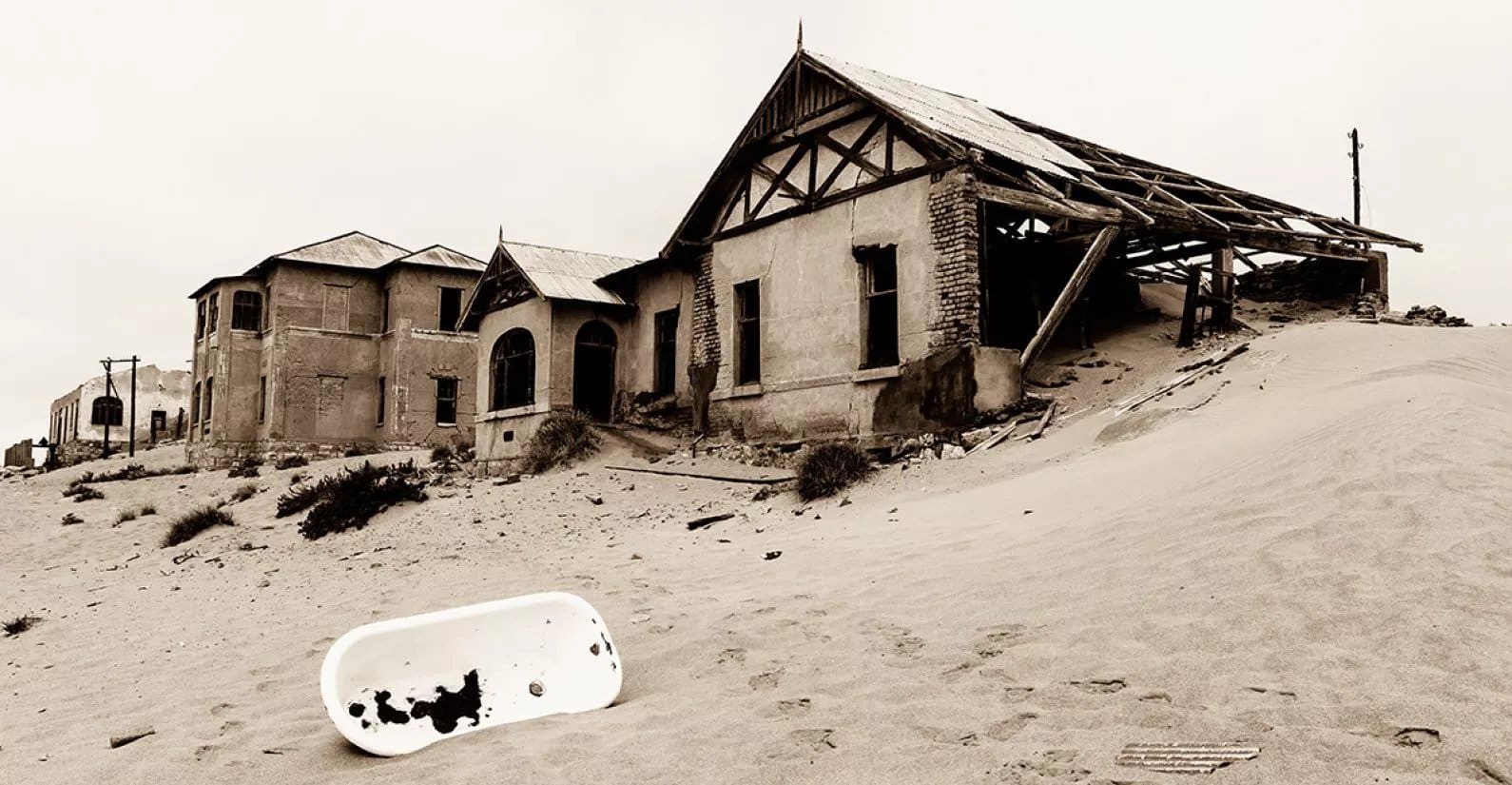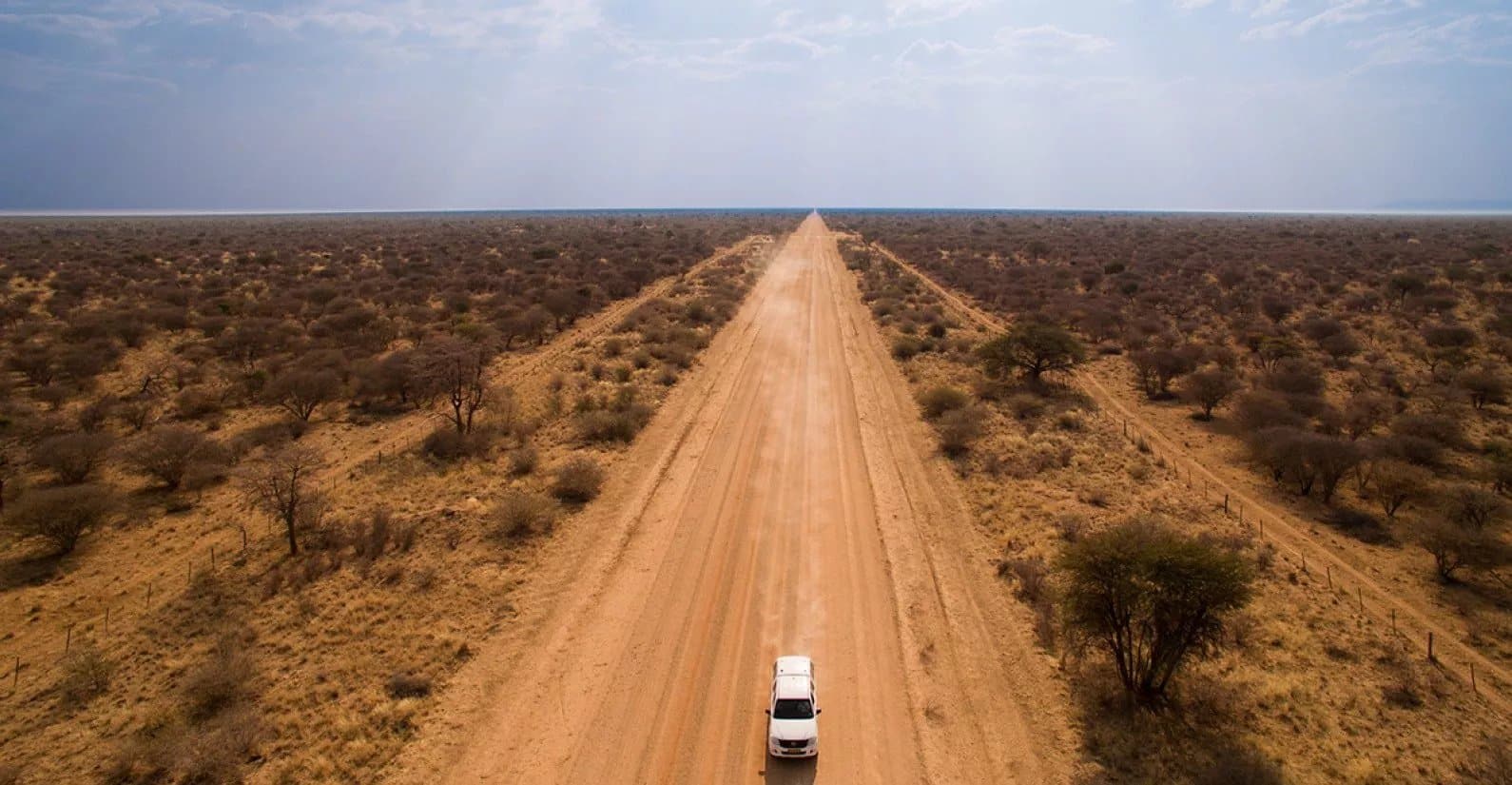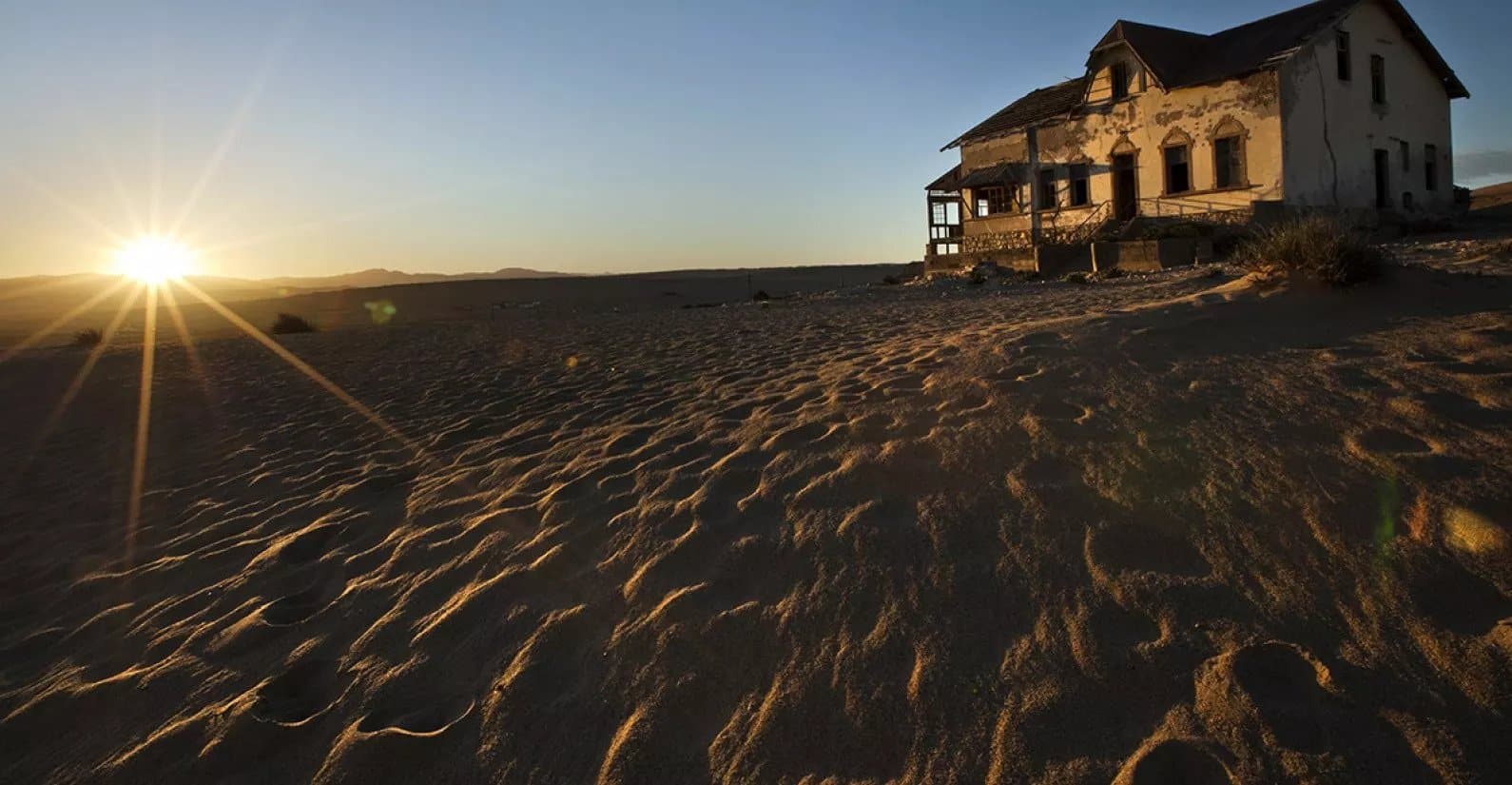Travel Tips
Written by Joseph Cameron
On 14 April 1908, Zacharias Lewala, a railway worker in Namibia, found a diamond in the desert. Years later, this moment would mark the birth of the ghost town called Kolmanskop in Namibia.
Excitement was an under statement. Zacharias Lewala reported the stone to his German supervisor, August Stauch, who confirmed that the stone was indeed a diamond. As soon as the word spread, the rush to the diamond town, Kolmanskop Namibia, was on. Diamonds rested not far beneath the surface which meant that it was easily accessible to anyone. The German government immediately declared a large area surrounding the town as a “Sperrgebiet” – an area forbidden to unauthorized persons, thus only diamond companies and miners had access to the area.

Driven by the wealth of the first diamond miners, the area was soon transformed into a fully functional German town with a hospital, a ballroom, power station, school, theatre, sport-hall, casino, ice factory, 4-lane bowling alley, more uniquely the town even had a furniture factory, swimming pool, butcher, bakery, the first x-ray station in the southern hemisphere as well as the first tram in Africa.
Kolmanskop Namibia boomed up until the 1920’s, but experienced a rapid stand-still after World War 1. Diamond prices dropped, diamond-fields surrounding Kolmanskop were slowly being depleted and richer diamond deposits were being found further South of Namibia near Oranjemund. By 1954 the mining town which once housed 300 German adults, 40 children and 800 Owambo contract workers, was left deserted to the forces of nature.
Within a time frame of 40 years, the town of Kolmanskop was created, flourished and was left deserted. In 1980, De Beers mining company restored and transformed the town into a museum open to the public.

Today, driving on an endless road in Namibia, a mere 10km before Luderitz, you will come across the ghost town of Kolmanskop. Left untouched since 1954 the Namib desert has since invaded the town, leaving it half-buried beneath a sea of sand. The town remains a mystical place and a photographer’s dream come true.


Sand has taken over the town, leaving no surface untouched. The swimming pool, which was once an oasis for the miners’ children, is now an empty pit, while the Victorian baths in the dilapidated houses overflow with red Namibian sand. Sand has fixed the doors in a permanent state of being ajar, while the glass windows have become blurry from years of hostile desert winds blasting against it.

While exploring the homes of the miners you might still find a deserted pair of leather shoes, shattered light bulbs or remains of a once elegant chair. Although Kolmanskop is better known as the “Ghost Town”, it is still very much alive with history and memories.


To visit Kolmanskop you will need a permit which can be purchased at the entrance of the town. You can then join a guided tour or explore the site at your own pace.
After exploring the town you can also visit the Ghost Town Tavern, situated in the old casino. The restaurant is decorated with the antique furniture found in the Ghost Town and serves breakfast and light lunches.
If you would like to experience Kolmanskop for yourself, Ker & Downey®️ Africa can help you combine this tour with our Best of Namibia Expedition, featuring only the best of Namibia’s adventurous side.
Ker & Downey® Africa is compliant with COVID-19 Industry Protocols.


Head office: 7 Bree Street, 6th Floor, Touchstone House, Cape Town, South Africa
+27 (0)21 201 2484
enquiries@ker-downeyafrica.com
United Kingdom: Sportsman Farm, St Michaels, Tenterden, Kent
Ker & Downey® Africa is compliant with COVID-19 Industry Protocols.